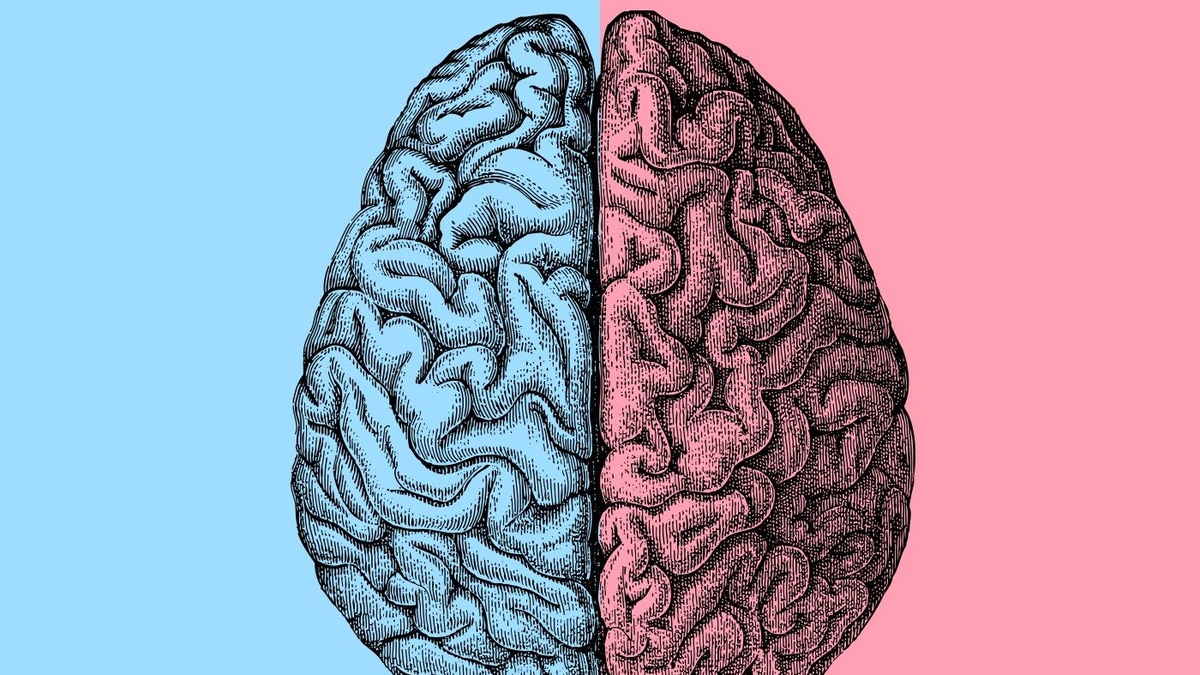
AI Discerns Gender Differences in Brain Activity
A groundbreaking study leveraging artificial intelligence (AI) has made a significant discovery – our brains function differently based on our gender. The study employed a sophisticated AI model, trained on dynamic functional connectivity fMRI scans, to analyze variations in brain activity. Astonishingly, the AI demonstrated an ability to distinguish between brain scans of men and women with an accuracy rate of about 90%. These findings were consistent across different datasets and were replicated and generalized to independent samples.
Stanford Medicine’s AI Model
Developed by investigators at Stanford Medicine, this AI model was designed to understand sex-specific vulnerabilities in psychiatric and neurological disorders. Using a deep neural network, the model scrutinized dynamic rsfMRI scans and uncovered reliable sex differences. These findings have the potential to provide a template for future investigations into the sex differences in vulnerability to individual psychiatric and neurological disorders.
How Male and Female Brains Differ
Stanford University’s study revealed that male and female brains operate differently, with variations in activity in key areas such as the ‘default mode network’, limbic system, and striatum. The ‘explainable AI’ used in the study analyzed MRI scans of working brains and was able to differentiate between male and female brains with over 90% accuracy. This discovery could be instrumental in understanding sex-specific vulnerabilities in psychiatric and neurological disorders.
AI’s Accuracy in Predicting Biological Sex from Brain Scans
The AI model was successfully able to differentiate between scans of men’s and women’s brain activity with more than 90-percent accuracy. The differences in brain activity were mostly found in the default mode network, striatum, and limbic network – areas involved in various processes including daydreaming, remembering the past, planning for the future, decision-making, and smelling. This research supports the notion that biological sex shapes the brain and could potentially illuminate brain conditions that affect men and women differently.
AI Detects ‘Hotspots’ in the Brain
The AI model developed by the Stanford scientists accurately predicted if brain scans were from a man or a woman over 90% of the time. The researchers used advanced AI and large datasets to analyze brain scans and identified certain ‘hotspots’ in the brain that were most useful for the model to ascertain sex differences. The model’s consistent performance across diverse datasets reinforces the credibility of these findings. The researchers also found that differences in how brains operate between men and women could influence behavior.
Implications and Future Applications of the Study
The AI model’s findings have implications for understanding how sex differences can impact cognitive abilities and behavioral outcomes. This is particularly relevant for neuropsychiatric disorders. The researchers plan to make their AI model publicly available, offering a valuable tool for neuroscience research and paving the way for further studies on the fascinating differences between male and female brains.
